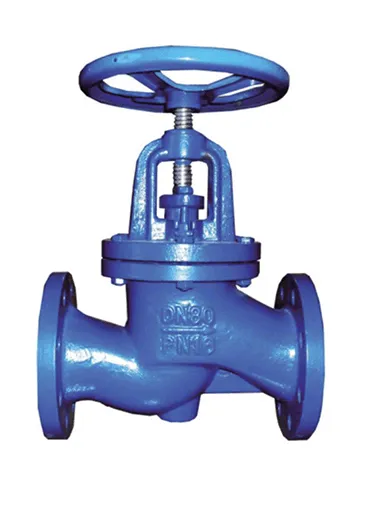Desemba . 24, 2024 19:58 Back to list
Understanding Non-Rising Stem Gate Valves and Their Applications in Various Industries
Understanding Gate Valves and NRS A Comprehensive Overview
Gate valves are essential components in various industrial applications, playing a crucial role in the regulation and control of fluid flow. Among the different types of gate valves, the Non-Rising Stem (NRS) gate valve is particularly noteworthy due to its design and functionality. In this article, we will explore what gate valves are, the specific characteristics of NRS gate valves, and their applications in various sectors.
What is a Gate Valve?
A gate valve is a type of valve that opens or closes by raising or lowering a gate within the valve body. When the valve is fully opened, the gate is lifted out of the flow path, allowing for unrestricted fluid movement. Conversely, when the valve is closed, the gate seals against a seat, preventing any flow. The primary advantage of a gate valve is that it offers minimal resistance to fluid flow when open, making it ideal for on/off control in pipelines.
Characteristics of Non-Rising Stem (NRS) Gate Valves
The NRS gate valve is designed differently from its rising stem counterpart. In a traditional rising stem gate valve, the stem rises as the valve is opened, which means the position of the stem can indicate whether the valve is open or closed. However, NRS gate valves have a special design where the stem does not rise with the gate. Instead, the stem is turned in a threaded socket, allowing the gate to be lifted or lowered without any vertical movement of the stem.
Advantages of NRS Gate Valves
1. Space Efficiency Since the stem does not rise, NRS gate valves are ideal for areas with limited vertical clearance. This makes them suitable for underground installations and confined spaces.
2. Weather Resistance NRS gate valves are less susceptible to weather-related issues since the stem remains enclosed within the valve body. This feature protects the valve from dirt and moisture, potentially extending its lifespan.
3. Aesthetic Appeal NRS gate valves can provide a cleaner look, especially in exposed installations. Since the stem remains hidden, they are often preferred in aesthetic-sensitive projects.
gate valve nrs

Applications of NRS Gate Valves
NRS gate valves find extensive use across various industries due to their specific advantages. Some common applications include
1. Water Supply Systems They are frequently used in municipal water supply systems for controlling the flow of water, ensuring that operations can be carried out efficiently.
2. Wastewater Management NRS gate valves are deployed in wastewater treatment plants, where their ability to handle solid waste and debris without clogging is vital.
3. Irrigation Systems In agriculture, NRS gate valves help manage water flow in irrigation systems, allowing for efficient water distribution.
4. Oil and Gas The oil and gas sector utilizes NRS gate valves in pipelines where space constraints are common, ensuring safe and reliable transportation of crude oil and natural gas.
5. Industrial Processes Manufacturing and processing plants use NRS gate valves in various operations where controlled flow and space efficiency are necessary.
Conclusion
In summary, gate valves, particularly Non-Rising Stem gate valves, play a pivotal role in fluid control across different industries. Their unique design offers several advantages, including space efficiency, reduced susceptibility to environmental factors, and aesthetic appeal. Understanding the characteristics and applications of NRS gate valves can help engineers and designers make informed decisions when it comes to selecting the right valve for their specific needs. As technology evolves, the role of NRS gate valves will undoubtedly continue to be significant in advancing fluid control systems.
Share
-
YType Strainer: Reliable guardians in fluid pipelinesNewsMay.15,2025
-
Wire Cable: The invisible pillar of engineering strengthNewsMay.15,2025
-
Wafer Type Butterfly Valve Flange: Characteristics, Applications, and Development TrendsNewsMay.15,2025
-
Standard Wire and Cable: Building the nervous system of modern societyNewsMay.15,2025
-
RSV Gate Valves: Structure, Application, and Analysis of Advantages and DisadvantagesNewsMay.15,2025
-
NonReturn Swing Check Valve: A reliable unidirectional flow control deviceNewsMay.15,2025